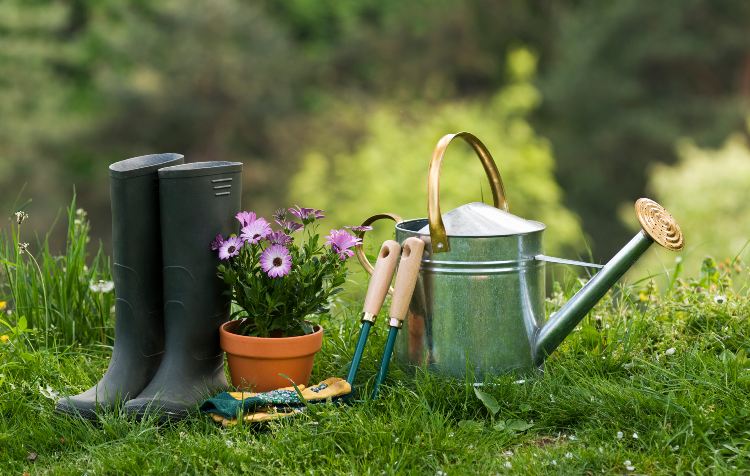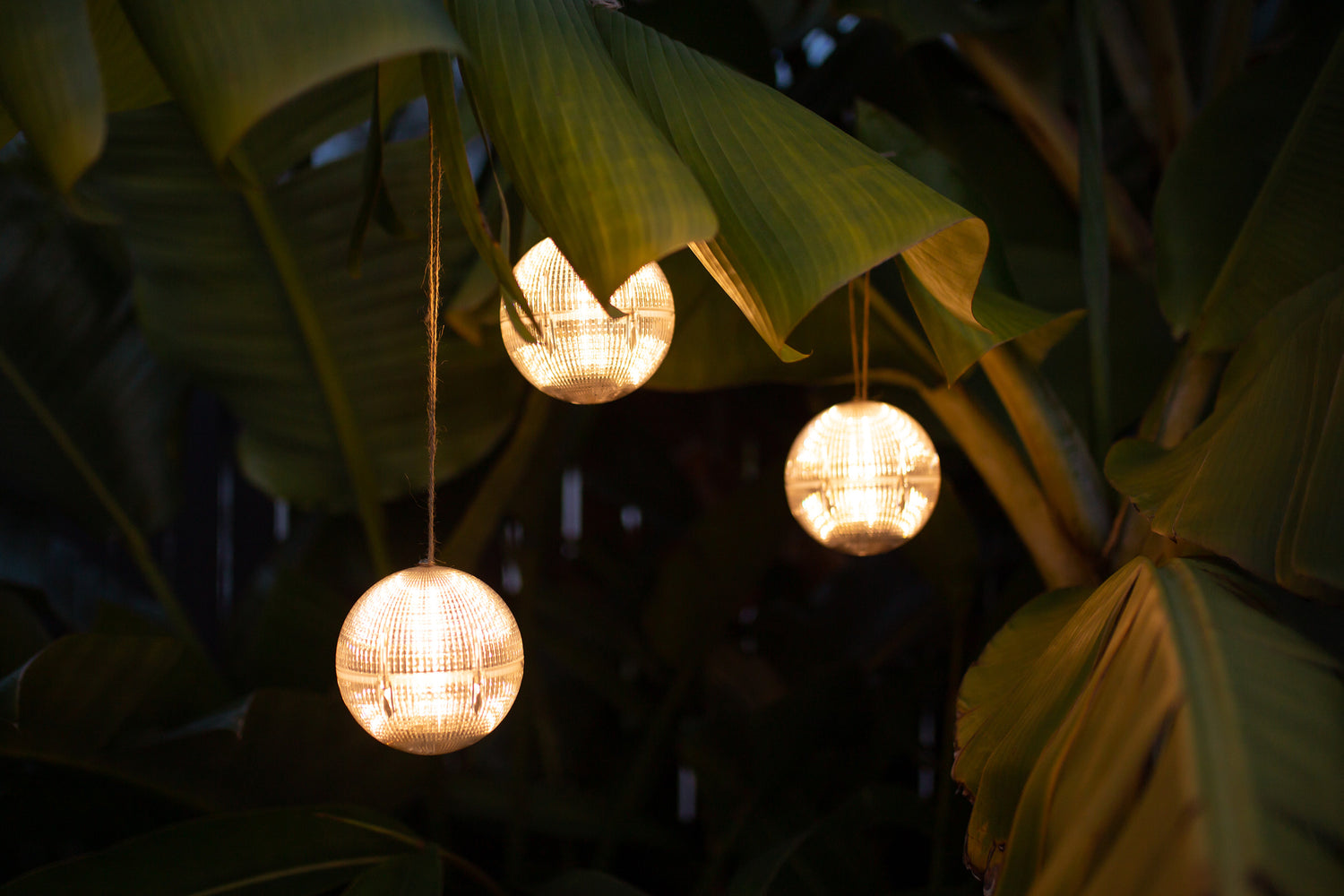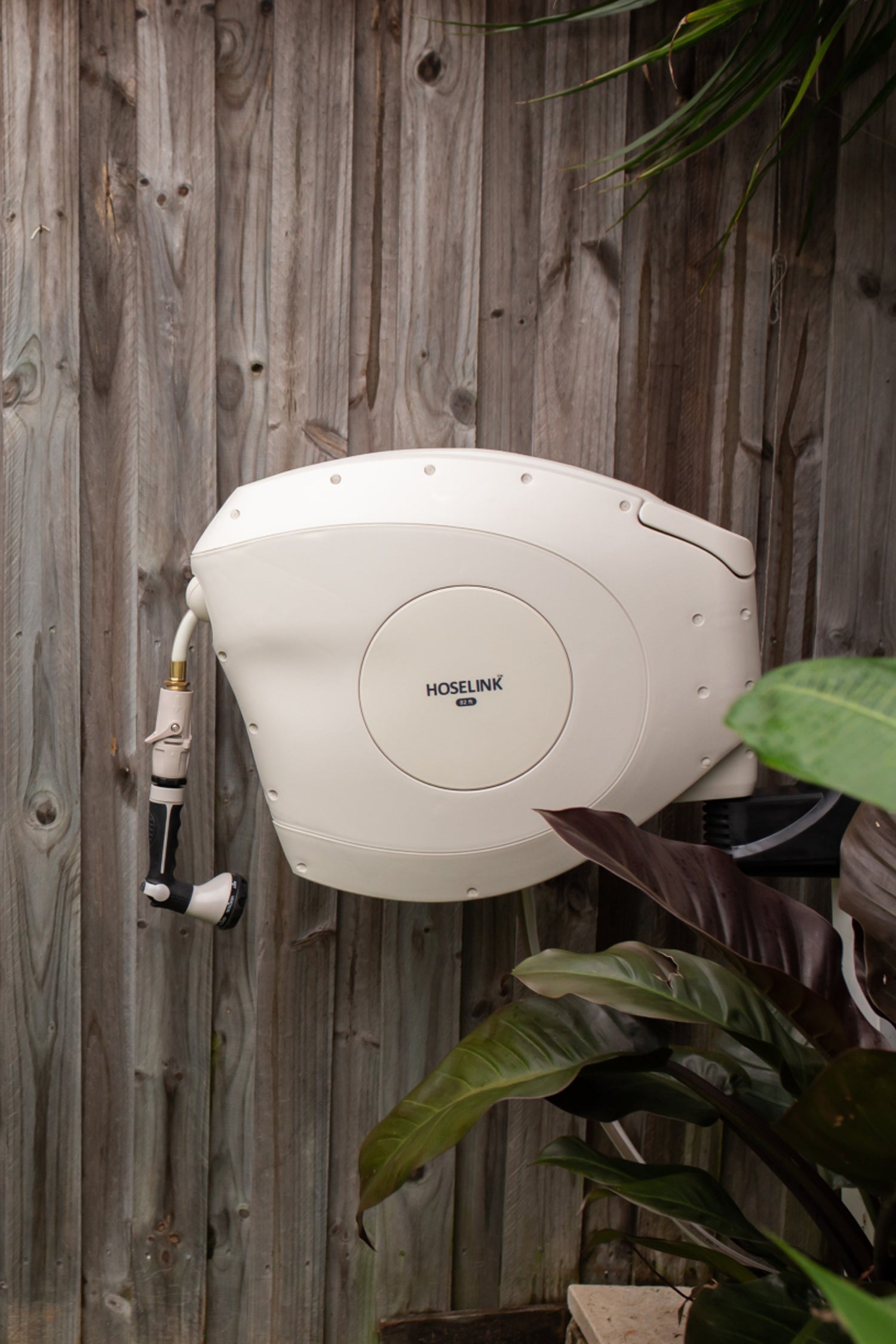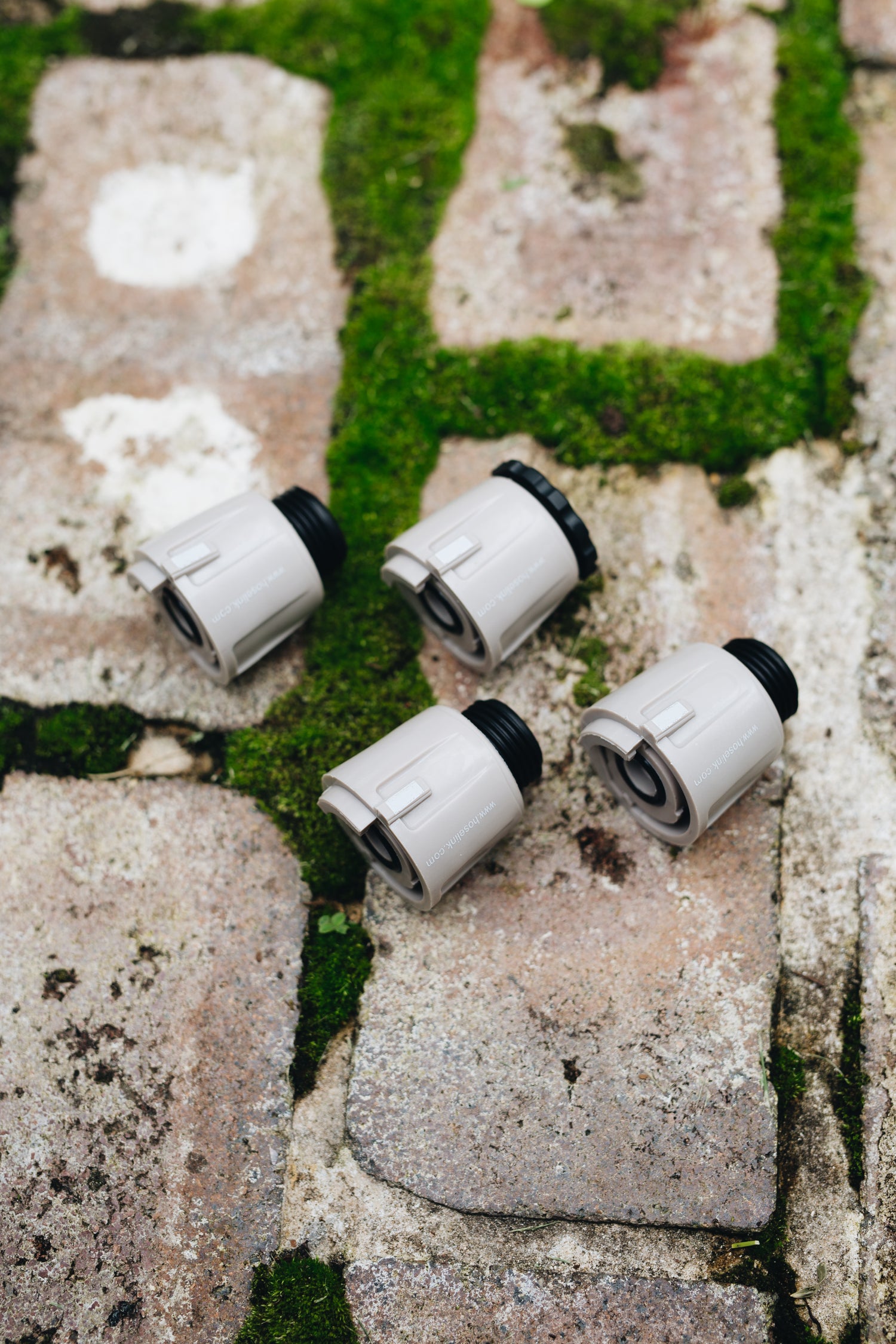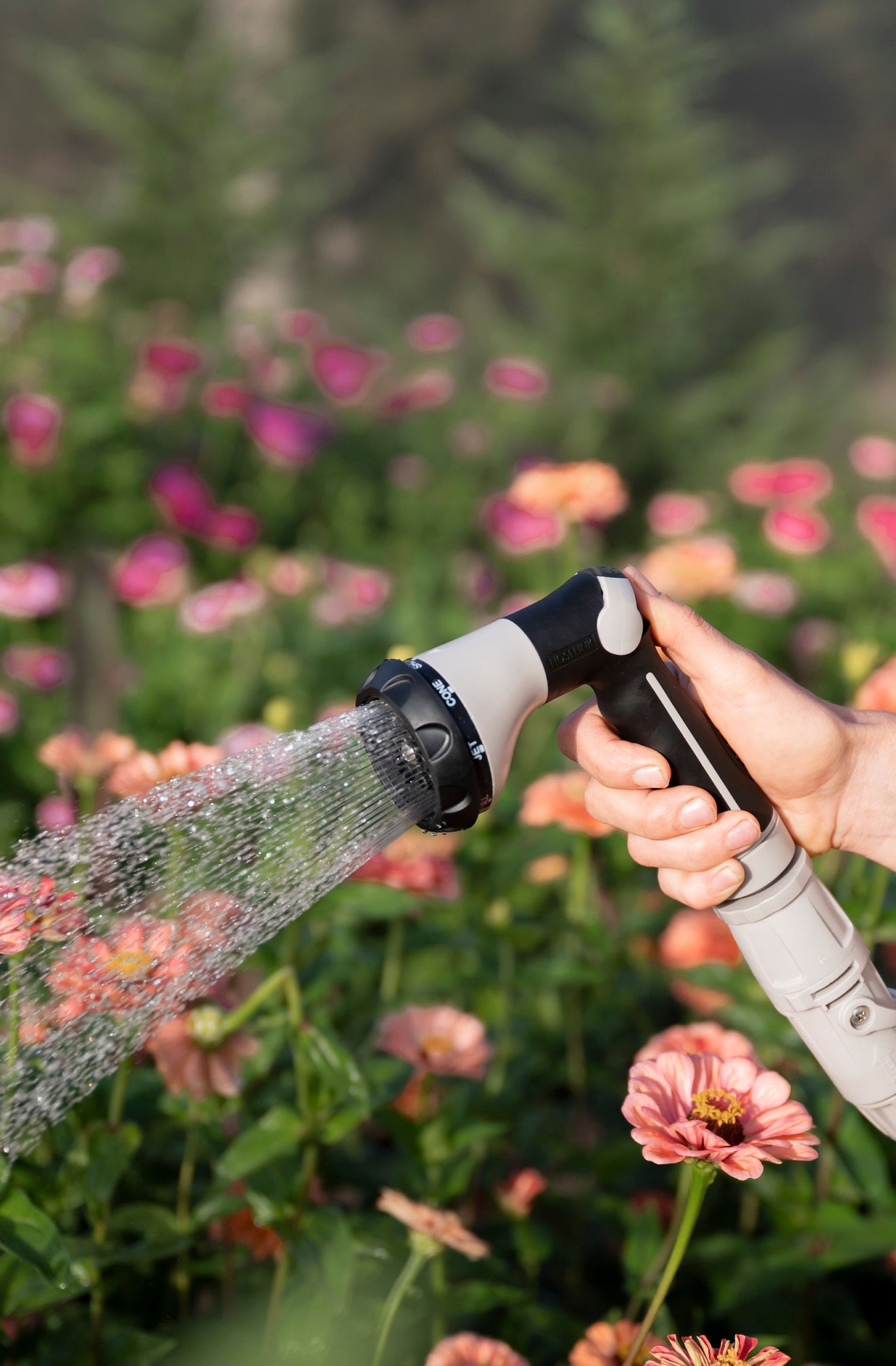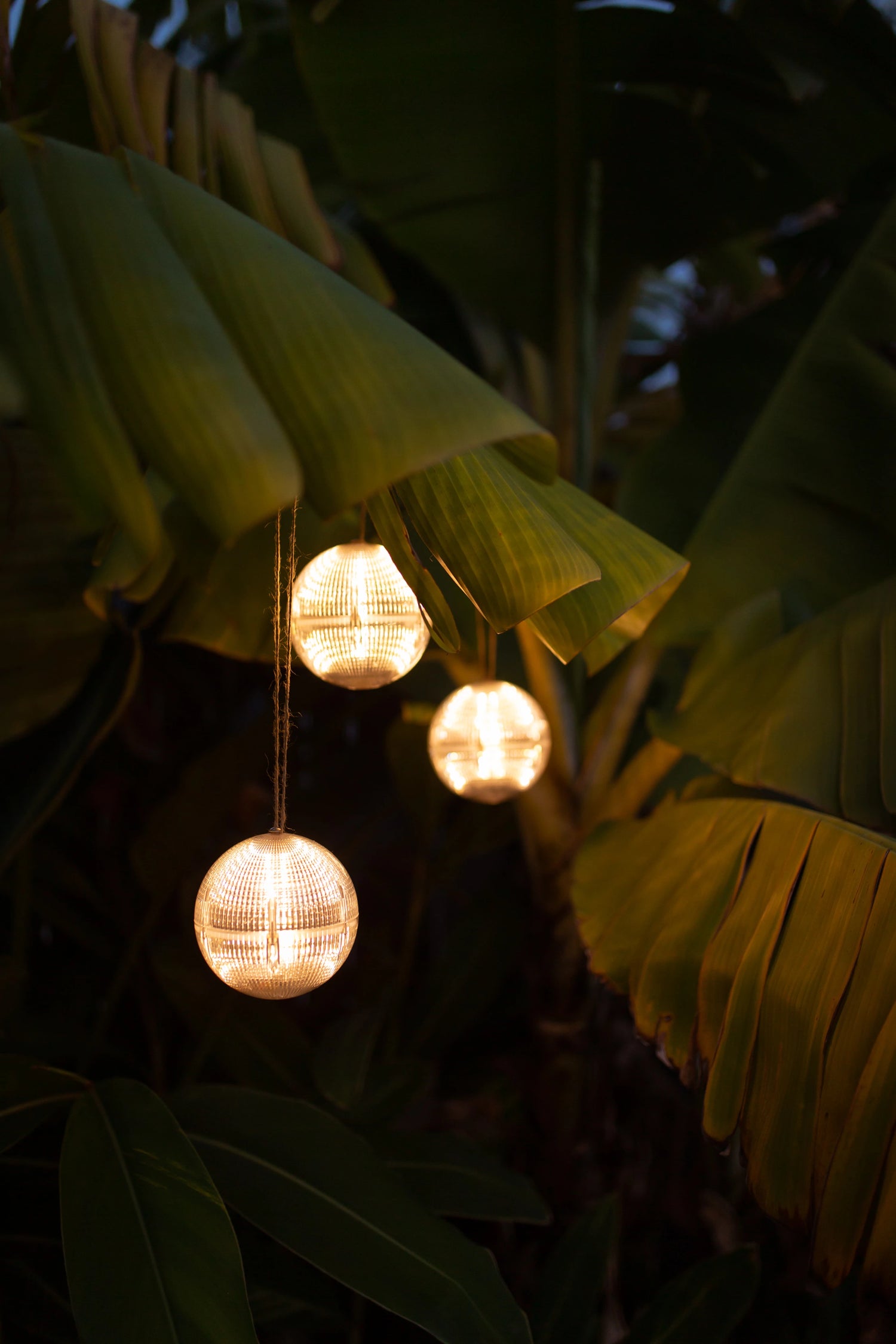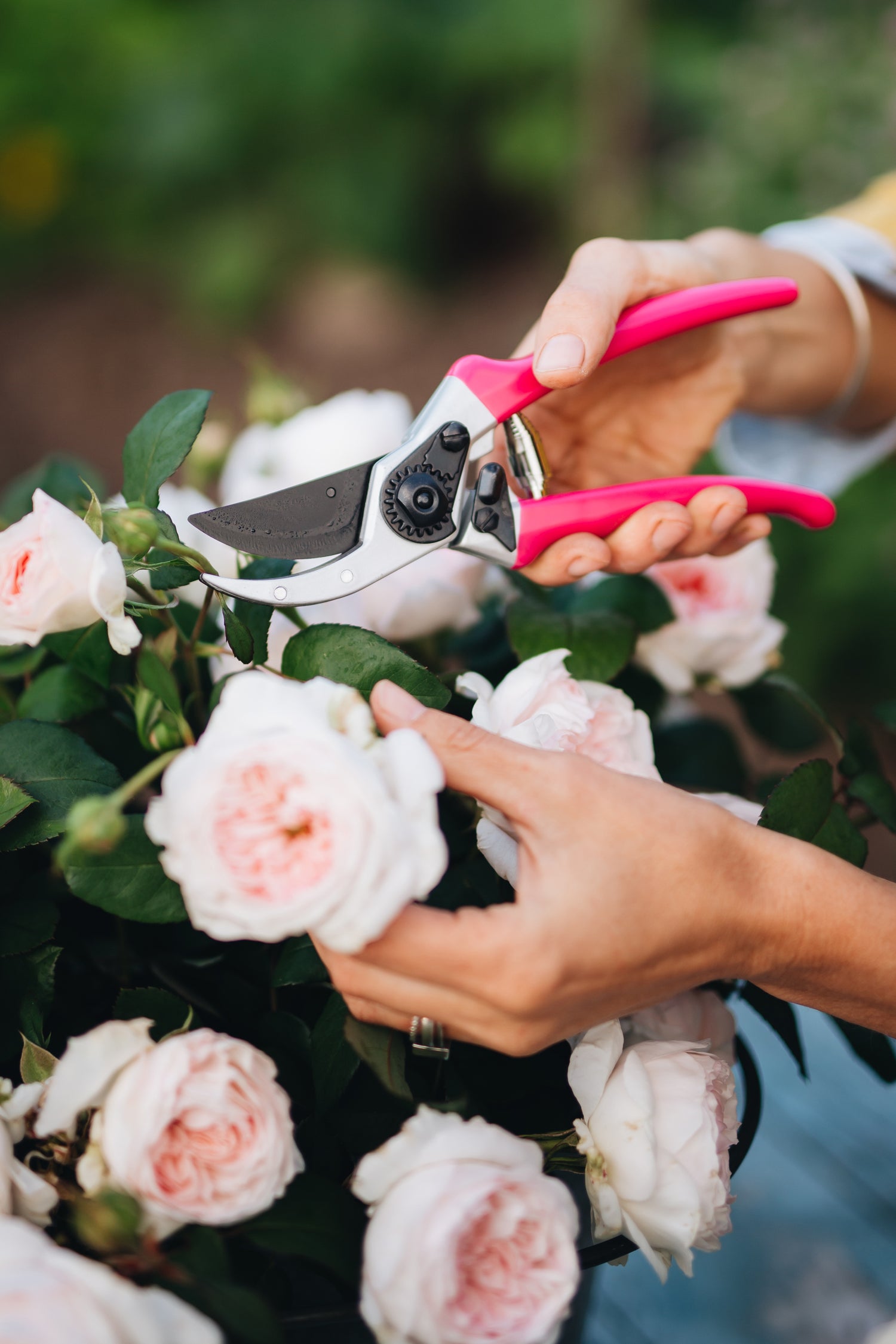Now spring is upon us it’s the perfect time to get back out in the garden to freshen things up! Your yard will need some help to get it back into shape but with the sun shining, birds singing and flowers preparing to bloom, it’s a great time to be active outside. To help you manage your garden tasks we’ve put together a checklist of key jobs to complete before summer arrives.
Spring planting

It’s time to get buzzing about bulbs and fanatic over flowers! Daffodils, tulips, pansies, hyacinths, not to mention spring veggies like peas, beans and lettuce, are all perfect for planting at the start of spring, once the soil has thawed. You don’t need a huge backyard to be able to grow your own food; container gardens are just as productive. All you need is a small raised bed, box planter or pot and away you go! In fact, sowing in a container offers you the option to get your planting started early as a container of soil is protected from the usual elements like frost, allowing you to slip your garden gloves on early and kickstart the backyard blooming.
Later in the season, once you’ve started harvesting the likes of radishes and lettuce, you can begin to sow summer crops like tomatoes and herbs. If you are growing your own produce, consider planting flowers close by that attract pollinators, such as borage, milkweed, lavender and phlox.
You’ll find many plants have a better chance of survival when raised from seed in a greenhouse or propagator. You’ll need to choose high-quality potting mix and keep the soil moist and the environment relatively warm to encourage germination. Always check the back of seed packets for the ideal growing conditions. When your seedlings are big enough, and the temperatures have warmed a little outside, you can plant them straight into your garden beds or containers.
Pruning

Early spring is the perfect time to prune fruit trees and rose bushes, just after the season’s final frost. It’s a good idea to start by trimming back the dead, damaged and diseased wood first. Then, you’ll want to remove any suckers on the rootstock and trim off any branches growing downward, or branches that crossover with one another, before stripping back old foliage and debris. By pruning your roses and fruit trees, you will help to resume growth, encourage reblooming, allow for more air ventilation, reduce the chance of disease, and manage the overall size of the plant to keep it neat and healthy.
Clean up garden beds

If you have garden beds in your yard, you’ll probably find they’re covered with fallen leaves and old mulch by the time you get out to revive them. Use the spring months to get them ready for a new growing season by picking up all the leaves and debris, removing old mulch from around perennials, and working in some quality compost to the soil. You can also add a fresh layer of mulch around your plants to help prevent weeds popping up. You can use natural materials like wood chips, straw, hay and grass clippings to mulch your garden beds.
If you’re new to composting, you can buy compost at most nurseries and garden outlets, or you can try making your own at home. It’s not a quick process, but spring is an excellent time to start as you’ll have a place to put all those fall leaves. You can also compost most fresh food scraps like vegetable peelings and eggshells, and you can compost the likes of newspapers, cardboard, yard trimmings and even coffee grounds! There are some things you should avoid composting too, like meat, fish, fats and plants that have had pest issues or diseases.
Spring clean

Beyond the obvious garden tasks are the slightly more laborious but necessary jobs such as cleaning birdbaths and feeders, clearing out the guttering, giving the shed and fence a fresh lick of paint, washing down patios and giving your outdoor furniture a good wipe over. You should also make any repairs required to fencing, decking or anything else that didn’t fare too well over winter.
Prepare your lawn

Spring is the perfect time to rejuvenate your lawn by aerating its surface. Aerating a lawn involves breaking up the soil so that water and other nutrients can penetrate the grass roots more efficiently, helping it to stay lush, green and healthy all season long. There are a variety of tools on the market to help you aerate your lawn, from aerator shoes and lawn spikers to gas-powered aerators, but which type you choose will depend on the size of your lawn. Before you aerate your lawn, you should mow it and water well. Once aerated it’s a good idea to reseed any bare patches and apply a lawn fertilizer – this will ensure the grass is in top shape for the summer months. However, it’s important to note that if your lawn is less than a year old, aerating should not be done.
Fertilize

After a hard winter, the garden might be looking a little peaky, but you can give your plants a pick-me-up with an application of fertilizer. Fertilizing your newly sown veggies as well as citrus trees and rose bushes around halfway through spring will encourage new growth, while seaweed tonic (sometimes called kelp extract) can be applied every fortnight for a nutrient boost. As well as store-bought fertilizers, you can mix in well-rotted manure into the topsoil of the garden, especially where you intend to grow veggies. If some of your plants are looking a little yellow, you can try a liquid fertilizer for a faster-acting solution – you should see a difference in just a few days. And as we touched on above, now is a great time to apply a specially formulated, slow-release lawn fertilizer to encourage healthy growth throughout summer and beyond – this is a job you should only need to do once per year.
Plan ahead

Once you’ve got your garden in shape, it’s an excellent time to start thinking about what you want to have blooming and growing in the summer months. Summer-flowering seedlings can be planted out in mid to late spring, so map out your planting plan ASAP to ensure you don’t miss the optimum growing period. Once the threat of frost has passed completely, you can start thinking about growing gorgeous dahlias and vibrant zinnias in the garden, or flowering plants like snapdragons, geraniums and petunias that will provide an explosion of color in pots, perfect for brightening up a patio or porch.
You’ll also need to consider jobs like deadheading spring blooms as the flowers die off and increasing your garden watering habits as the weather warms. Perhaps you’ll want to invest in a sprinkler or irrigation, or Hoselink’s Retractable Hose Reel for an easy watering system that tidies itself away.
Towards the end of spring, you’ll need to consider staking tomato plants and protecting your fruit trees and veggie patch from birds and other unwelcome guests. And, try as you might, nothing will stop those weeds from popping up, so keep a close eye on them to keep things under control.

